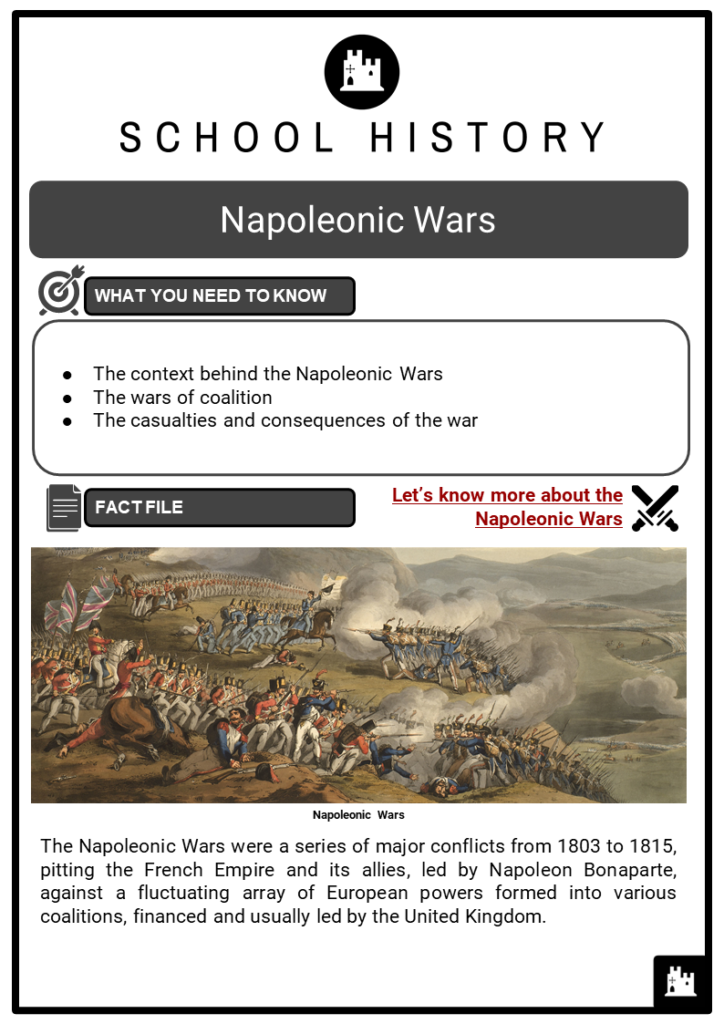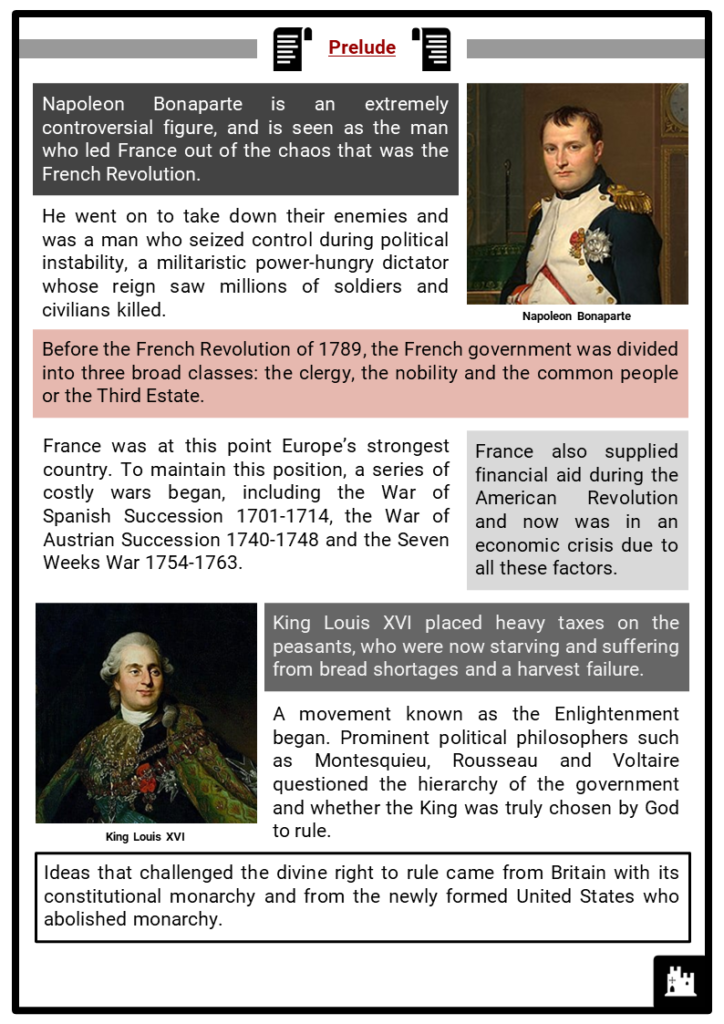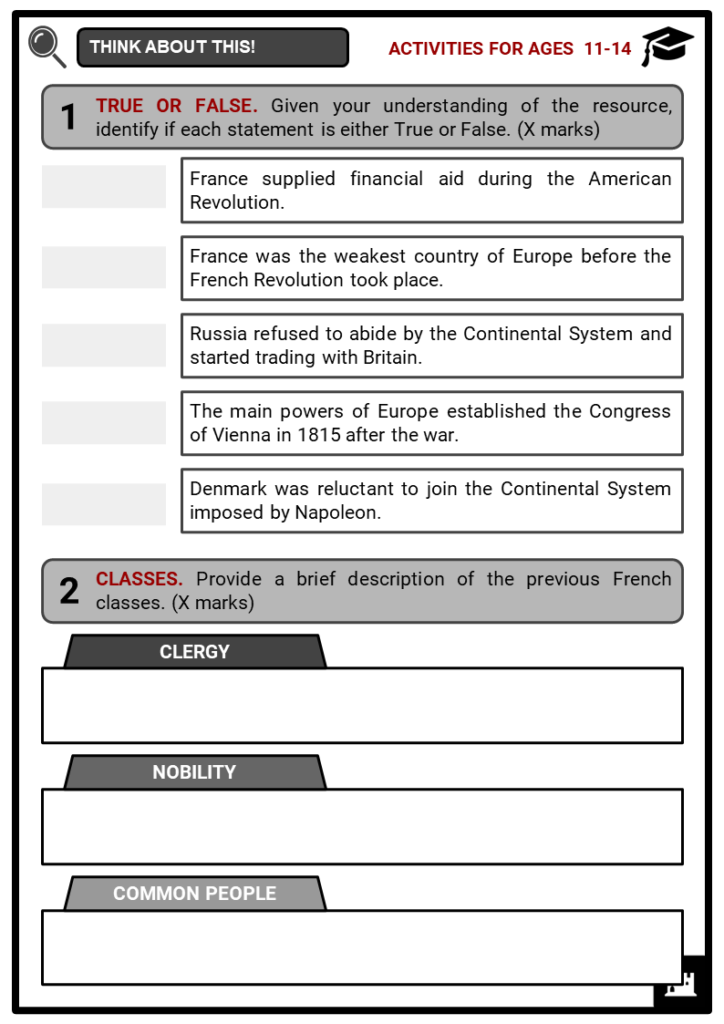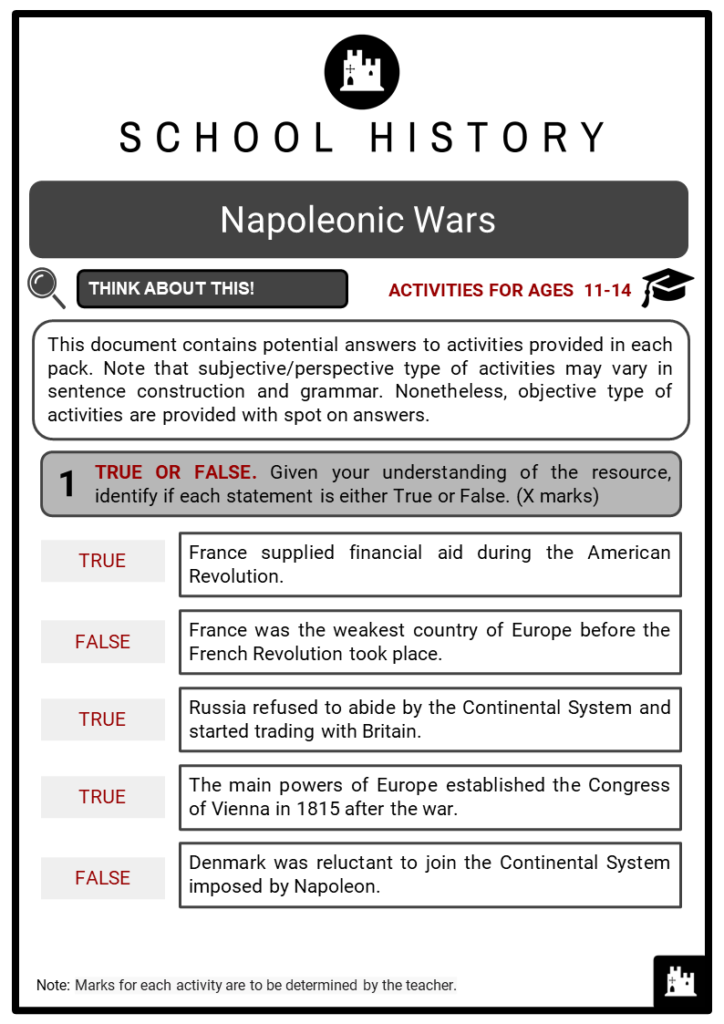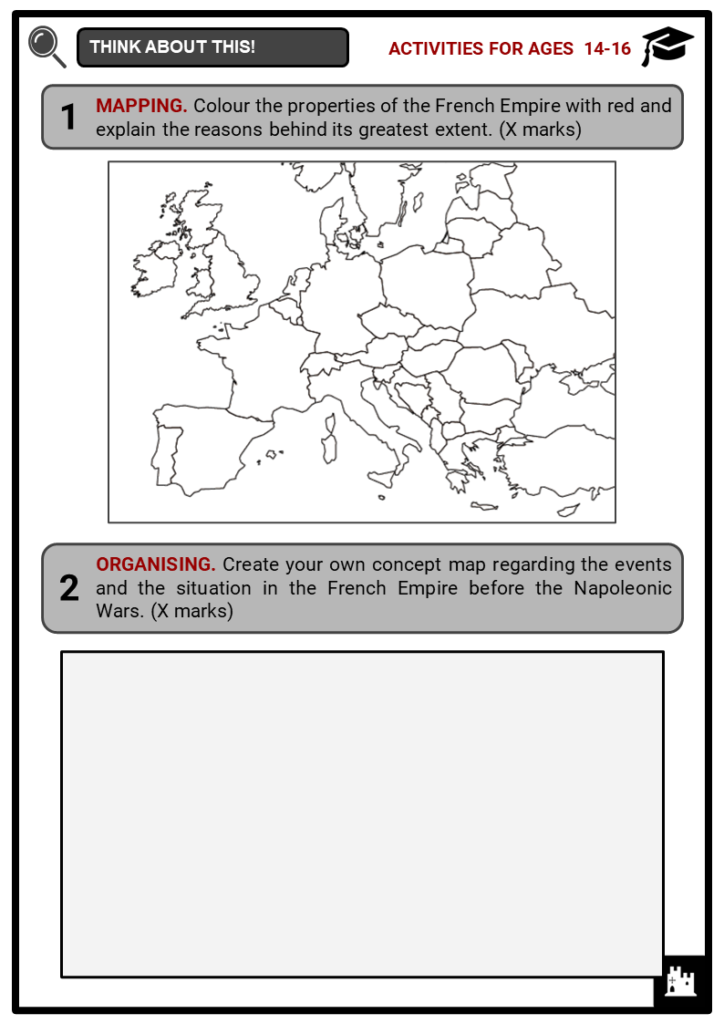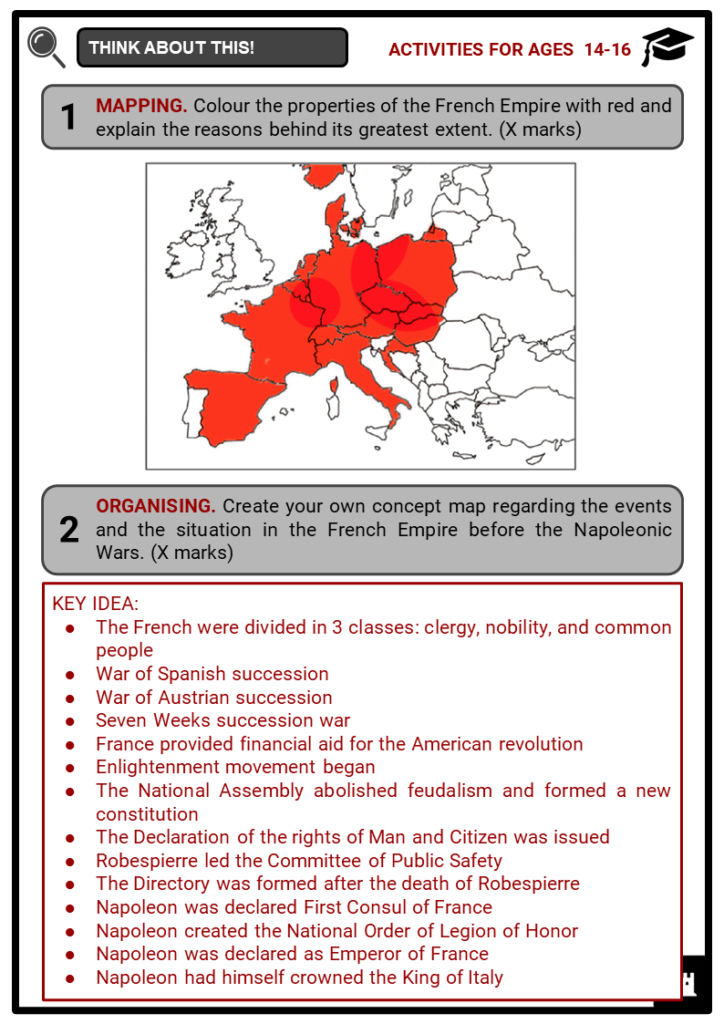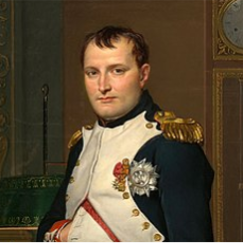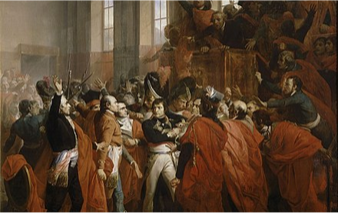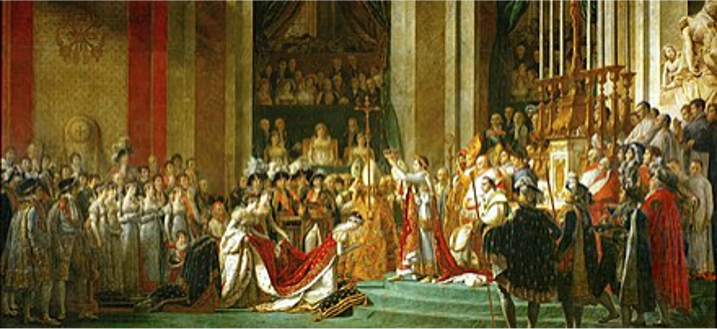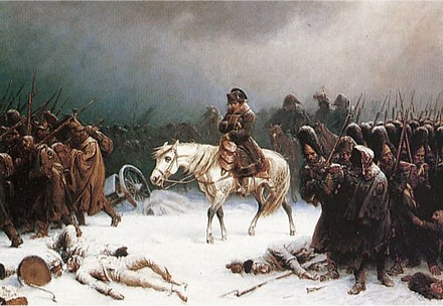Download Napoleonic Wars Worksheets
Do you want to save dozens of hours in time? Get your evenings and weekends back? Be able to teach Napoleonic Wars to your students?
Our worksheet bundle includes a fact file and printable worksheets and student activities. Perfect for both the classroom and homeschooling!
Table of Contents
Add a header to begin generating the table of contents
Summary
- The context behind the Napoleonic Wars
- The wars of coalition
- The casualties and consequences of the war
Key Facts And Information
Let’s know more about the Napoleonic Wars
- The Napoleonic Wars were a series of major conflicts from 1803 to 1815, pitting the French Empire and its allies, led by Napoleon Bonaparte, against a fluctuating array of European powers formed into various coalitions, financed and usually led by the United Kingdom.
Prelude
- Napoleon Bonaparte is an extremely controversial figure, and is seen as the man who led France out of the chaos that was the French Revolution.
- He went on to take down their enemies and was a man who seized control during political instability, a militaristic power-hungry dictator whose reign saw millions of soldiers and civilians killed.
- Before the French Revolution of 1789, the French government was divided into three broad classes: the clergy, the nobility and the common people or the Third Estate.
- France was at this point Europe’s strongest country. To maintain this position, a series of costly wars began, including the War of Spanish Succession 1701-1714, the War of Austrian Succession 1740-1748 and the Seven Weeks War 1754-1763.
- France also supplied financial aid during the American Revolution and now was in an economic crisis due to all these factors.
- King Louis XVI placed heavy taxes on the peasants, who were now starving and suffering from bread shortages and a harvest failure.
- A movement known as the Enlightenment began. Prominent political philosophers such as Montesquieu, Rousseau and Voltaire questioned the hierarchy of the government and whether the King was truly chosen by God to rule.
- Ideas that challenged the divine right to rule came from Britain with its constitutional monarchy and from the newly formed United States who abolished monarchy.
- The Enlightenment promoted reason and science and these ideas soon spread to the nobility and wealthy businessmen.
- In 1789 King Louis XVI called together representatives from these classes to meet at the estate general.
- Unable to make an accord on anything, the common people left and formed the National Guard to protect the Third Estate, now named the National Assembly.
- The King disagreed with these actions, which resulted in riots throughout Paris.
- On 14th July, 1789 the revolutionaries stormed the Bastille fortress in order to free prisoners and seize weapons and ammunition.
- The National Assembly, now called the National Constituent Assembly, abolished feudalism and formed a new constitution.
- They issued the Declaration of the rights of Man and of the Citizen, which established the rights of the French people.
- This was an important move as this declaration came from the people and not from the King or government.
- The food situation did not improve and even more riots broke out.
- A rumour started that the French nobility were storing food, and as such the rioters marched for the Palace of Versailles. The revolutionaries consisted mostly of women.
- An extremist group known as the Jacobites took control and around 16,000 people (including the King) were executed. The other monarchies of Europe were worried about the revolution and formed several coalitions in an attempt to stop it from spreading.
- These coalitions failed. France was victorious both in the first and second coalition, and ended up creating several puppet states in Italy, the Netherlands and Switzerland.
- In 1792 the King was deposed and the Republic declared. The King was put on trial for treason and sentenced to death. Louis’ death would be the most famous phase of the revolution and the reign of terror.
- Power at this point rested in the Committee of Public Safety led by Maximilien de Robespierre. Throughout the reign of terror people were very suspicious of each other and many were executed.
- Robespierre was also sentenced to death but was shot before this. After the fall of Robespierre there was a period of stability when a new government called the Directory was formed.
- This would last for five years before it was overthrown by a famous general, Napoleon Bonaparte, who was subsequently declared First Consul of France.
- Napoleon had risen to prominence due to his successful military career. He spent his childhood at a military school and was given command of an army at age 26.
- He first defeated the British at Toulon before leading a successful invasion of Italy. However he was not always victorious and his campaign in Egypt failed.
- After fighting against Austria, Italy and the failed campaign in Egypt, Napoleon returned to France, and in 1799 overthrew the Directory government in a coup.
- After the coup, Napoleon oversaw a series of domestic reforms.
- One of the greatest changes to the government was that the bureaucrats and military officers were now promoted based on merit and not on birth.
- To ensure the loyalty of those promoted, Napoleon created the National Order of Legion of Honor, which people were admitted into based on their good service.
- He also sought to undo some of the harm done to the church during the revolution by restoring some power to it, but the church ultimately answered to him.
- Some of Napoleon’s most important changes were to the military. The French army was composed of conscripts who were gathered using France’s efficient bureaucracy. The French army saw its administration improved.
- Orders were relayed more efficiently. The army developed a more effective medical service that was able to stem the outbreak of epidemics, as well as a sophisticated supply trade which meant that the soldiers no longer had to live off the land.
- In 1804 Napoleon was declared the Emperor of France, formally ending the first French Republic and beginning the first French Empire.
- In 1805 he had himself crowned the King of Italy, which would act as a catalyst for another coalition against France.
The Napoleonic Wars
- The war of the Third Coalition had begun. It was the first of the Napoleonic War, and one of the most famous. Britain had been an enemy of France for a long time and Napoleon was keen to knock them out of the war.
- To do so, he amassed a huge army on France’s northern coast, but for an invasion to happen, Napoleon had to neutralise Britain’s greatest strength – the Royal Navy.
- In order to finance the war, Napoleon sold North American territories to the United States. Paradoxically, in order to purchase these territories the United States had to borrow money from Britain. In other words, the British were funding an invasion of themselves.
- In the same year, Napoleon sent troops to suppress revolts in Haiti, but this failed, resulting in Napoleon giving up his dream of an empire in the West. Any hope of invading Britain was ended when the French and their ally Spain’s combined fleet was destroyed by Lord Nelson in 1805, at the Battle of Trafalgar.
- On land, Napoleon and his army moved across the Holy Roman Empire, and after some clever manoeuvring he managed to secure the surrender of an Austrian army with very little bloodshed before capturing Vienna.
- The remnants of the Austrian army combined forces with Russia under Emperor Alexander I.
- The armies clashed at the battle of Austerlitz. Napoleon gave the impression that his armies were in shambles which gave the Russians false confidence.
- In this battle an estimated 25.000 Austrian and Russian soldiers died, while Napoleon only lost approximately 7.000 soldiers.
- This was one of Napoleon’s greatest victories which saw the end of the Holy Roman Empire.
- The Holy Roman Empire was dissolved and reorganised into the Confederation of the Rhine, a French puppet state. Austria pulled out of the war. French dominance upset the Prussians, who would shortly afterwards begin the war of the Fourth Coalition formed by Prussia, Russia, Britain, Saxony and Sweden between 1806 and 1807.
- The French army, known as the Grand Army or “Grande Armée”, was made up of hundreds of thousands of soldiers. With the Industrial Revolution, weapons were mass-produced for the artillery, infantry and cavalry.
- Napoleon defeated Prussia and pushed to the Russian frontier, creating more puppet states and the Duchy of Warsaw. At this point Napoleon had a firm grip over most of Europe and he demanded that all those under his influence join the Continental System. This was essentially a trade embargo aimed at bankrupting Britain.
- Fearing Napoleon would use Danish ships to invade Britain, Britain attacked neutral Denmark and Norway to capture and destroy their fleet. This angered Denmark and Russia who then sided with the French. Portugal continued to trade with Britain as they were long-term allies.
- Portugal was reluctant to join the Continental System imposed by Napoleon.
- The French and their Spanish allies invaded Portugal in 1807, forcing the Portuguese royal family to flee to Brazil.
- Spain was having its own problems and, sensing weakness, Napoleon invaded Spain itself and installed his brother Joseph on the throne.
- This would be a turning point for Napoleon as the Spanish would fight for years using guerrilla warfare.
- The British landed in Portugal where both nations teamed up with the Spanish rebels against the French, thus beginning the Peninsular War which would last for six years.
- Simultaneously, the Austrians – who were undeterred by France’s success – began the war of the Fifth Coalition, which France won.
- Three years later, Russia finally refused to abide by the Continental System and started trading with Britain again. Napoleon’s support for the neighbouring Duchy of Warsaw also made Tsar Alexander I nervous of a possible French invasion.
- This fear was well-founded, since in 1812 the French invaded Russia. Over half a million troops marched into Russia. Napoleon won many costly victories and occupied Moscow.
- The Russian’s however destroyed everything of value as they retreated, including food.
- Because of this Napoleon was forced to leave Moscow undersupplied as the Russian winter set in.
- Only 27,000 troops returned from this expedition while 380,000 died and the rest were presumed dead or captured.
- Napoleon’s failure in Russia led to the major powers of Europe plus the now independent United Netherlands, to form a Sixth Coalition. Napoleon vowed that he would create a new army as large as the one he had sent into Russia, and quickly built up his forces in the east.
- After many battles, Napoleon lost at the Battle of Leipzig. He retreated to Paris as the allies closed in from the east. At the same time the Peninsular War ended, with another allied victory that led to Spain’s independence.
- Napoleon abdicated and was exiled to the Island of Elba, shortly afterwards Louis XVI’s brother, Louis XVIII was crowned King of France but – unlike the previous monarchy – this one was bound to a constitution. However, it still marked the return of the Bourbons to power.
- Though Napoleon was exiled, he returned to France in 1815. Louis XVIII fled to Britain and Napoleon resumed his position as Emperor. The countries that had previously defeated the French would not stand idle, and thus they formed the Seventh Coalition, which was the last.
- The coalition was victorious and Napoleon suffered his most famous defeat at the Battle of Waterloo by a joint Prussian/British army. Napoleon was again exiled, this time to the island of Saint Helena, where he would remain until his controversial death in 1821.
Aftermath
- After the last battle with Napoleon, the main powers of Europe established the Congress of Vienna in 1815. This removed France’s conquests and tried to establish a balance of power in Europe. The idea was to prevent a single nation from becoming too powerful and to prevent future wars. It of course failed to do this.
- The legacy of the French revolution was a fundamentally different France whose Republican ideals would never go away. It made Napoleon’s rise to power and the subsequent wars possible, which made France rise to its highest heights. But its downfall would leave Britain almost unchallenged for one hundred years.
- The century of relative transatlantic peace, after the Congress of Vienna, enabled the “greatest intercontinental migration in human history.”
- Another concept emerged from the Congress of Vienna – that of a unified Europe. After his defeat, Napoleon was unhappy that his dream of a free and peaceful “European association” remained unaccomplished. Such a European association would share the same principles of government, system of measurement, currency and Civil Code. One-and-a-half centuries later, and after two world wars, several of these ideals re-emerged in the form of the European Union.
- LOSSES
- 371,000 French killed in action
- 65,000 French allies killed in action
- 800,000 French and allies killed by wounds, accidents or disease
- 600,000 civilians killed
- Total: 1.8 million dead
- CASUALTIES
- Austrians: 550,220 killed in action
- Russians: 289,000 killed in action British: 32,232 killed in action and 279,574 killed by wounds, disease, etc.
- Italians: 120,000 killed or missing Spanish: more than 300,000 killed in action and more than 586,000 killed in total
- Prussians: 134,000 killed in action
- Portuguese: up to 250,000 dead or missing
- Ottomans: 50,000 killed or missing
- Total: 2.5 million dead
Image sources:
- https://upload.wikimedia.org/wikipedia/commons/thumb/5/50/Jacques-Louis_David_-_The_Emperor_Napoleon_in_His_Study_at_the_Tuileries_-_Google_Art_Project.jpg/440px-Jacques-Louis_David_-_The_Emperor_Napoleon_in_His_Study_at_the_Tuileries_-_Google_Art_Project.jpg
- https://upload.wikimedia.org/wikipedia/commons/thumb/4/44/Bouchot_-_Le_general_Bonaparte_au_Conseil_des_Cinq-Cents.jpg/440px-Bouchot_-_Le_general_Bonaparte_au_Conseil_des_Cinq-Cents.jpg
- https://upload.wikimedia.org/wikipedia/commons/thumb/1/1e/Jacques-Louis_David_-_The_Coronation_of_Napoleon_%281805-1807%29.jpg/440px-Jacques-Louis_David_-_The_Coronation_of_Napoleon_%281805-1807%29.jpg
- https://upload.wikimedia.org/wikipedia/commons/thumb/c/cc/Napoleons_retreat_from_moscow.jpg/440px-Napoleons_retreat_from_moscow.jpg

